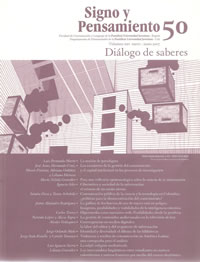Abstract
In this text, the author presents a report of his doctoral research in social communication titled “Tele-faith: Mass-media Religion: Strategies for the Experiencing of Religious Meaning by Tele-faithful Viewers of the Rede Vida Television Network in Porto Alegre, R.S., Brazil”. The research focuses and analyzes the contemporary phenomenon of mass-media religion in Brazilian Catholic television, from the theoretical perspective of the social semiosis of media influence through discursive strategies of recognition and socio symbolic practices of religious meanings, as developed by tele-faithful viewers of devotional and preaching programs broadcast by Rede Vida Television Network in Porto Alegre, RS (Brazil). This text briefly presents the research in five sequential parts: context and problems; objective and central questions; approach and theoretical discussion; options and methodological development; and finally, results and prospective conclusions.This journal is registered under a Creative Commons Attribution 4.0 International Public License. Thus, this work may be reproduced, distributed, and publicly shared in digital format, as long as the names of the authors and Pontificia Universidad Javeriana are acknowledged. Others are allowed to quote, adapt, transform, auto-archive, republish, and create based on this material, for any purpose (even commercial ones), provided the authorship is duly acknowledged, a link to the original work is provided, and it is specified if changes have been made. Pontificia Universidad Javeriana does not hold the rights of published works and the authors are solely responsible for the contents of their works; they keep the moral, intellectual, privacy, and publicity rights.
Approving the intervention of the work (review, copy-editing, translation, layout) and the following outreach, are granted through an use license and not through an assignment of rights. This means the journal and Pontificia Universidad Javeriana cannot be held responsible for any ethical malpractice by the authors. As a consequence of the protection granted by the use license, the journal is not required to publish recantations or modify information already published, unless the errata stems from the editorial management process. Publishing contents in this journal does not generate royalties for contributors.


